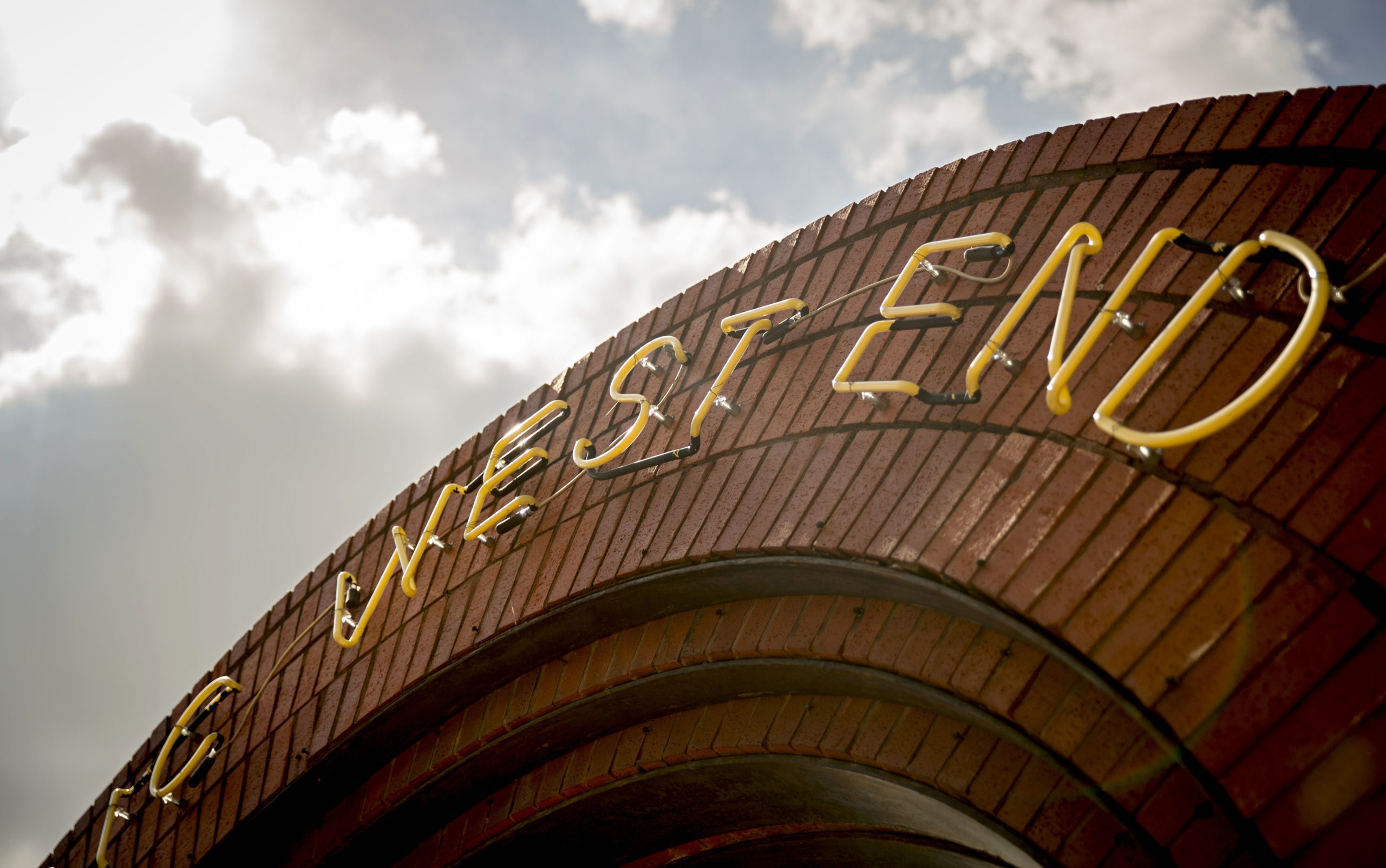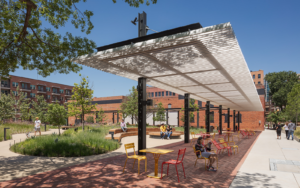In many ways, a stroll through Downtown Dallas’ West End is a stroll back in time. Instead of skyscrapers, you’ll find red-brick buildings housing eclectic restaurants and shops. Trees line the sidewalks, inviting pedestrians to slow down and enjoy themselves. The central corridor, Market Street, is lit with old-style street lamps. But how historic is the West End, and what can its current state tell us about how Dallas came to be Big D?
The West End began life as the city’s commercial center. In the mid-1800s, Tennessean John Neely Bryan purchased a parcel of land from the Caddo peoples living in the region and established a small trading post. Today, a replica of his original log structure stands at the corner of Market and Elm.
In the 1870s, the railroads fully arrived, helping to support Dallas’ burgeoning manufacturing industries. As business boomed, red-brick warehouses and other functional buildings popped up all over the West End. While Elm Street was the center of the region’s cotton trade, the West End welcomed firms that made and sold books, pharmaceuticals, leather goods (including saddles) and machinery essential for ginning cotton. By 1892, the West End had become so essential to the area’s identity that it became the site of the majestic county courthouse now known affectionately as “Old Red.”
However, as Dallas continued to thrive through the 20th Century, the railroads played less and less of a role in city commerce. The West End became a place of abandoned warehouses and neglected buildings. However, the area could not avoid becoming the focus of national attention on Nov. 22, 1963. President John F. Kennedy’s assassination made the phrases “Dealey Plaza,” “Texas School Book Depository” and “grassy knoll” a part of the American lexicon.
By the mid-1970’s, Dallas was a city with over a century of experience under its belt. But it was also home to a lone historical district: Swiss Avenue. Thanks to developer (and Texas Racehorse Hall of Fame member) Preston Carter, Jr., it received a second in the form of the West End. Revitalization efforts were soon underway, and these efforts had two objectives. One was to preserve the West End’s legacy by finding new uses for its existing architecture. The other was to overcome the stigma of a national tragedy.
In 1978, the West End Historic District was recognized by National Parks Service and added to the National Register of Historic Places. Meanwhile, bond elections in the late ’70s and early ’80s produced the funds needed for landscaping and street improvements. Soon after, developers began to reimagine the old manufacturing buildings and warehouses as shops, eateries, nightclubs, office complexes and apartment buildings. Although great pains were taken to preserve the buildings’ exteriors, their interiors were brought up-to-date to create further opportunities for new enterprise. By the late ’80s, the West End was one of Dallas’ most popular destinations. Many a Dallasite whose teen years coincided with the ’80s or ’90s still has fond memories of the movie theatre at the West End Marketplace.
The West End continues to attract visitors Downtown, largely because it is so rich with enriching experiences. The Dallas World Aquarium, the Old Red Museum, the John Fitzgerald Kennedy Memorial, the Sixth Floor Museum and the Dallas Holocaust Museum/Center for Education & Tolerance all call the West End home. In addition to visitors, the West End also attracts techies, millennials and start-up businesses, as it’s the home to The Dallas Entrepreneur Center, aka The DEC, and the Dallas Innovation Alliance. This is why DDPC wants to help West End visionaries create the “smartest park” in America. Once completed, the proposed West End Plaza will not only add to the city’s re-greening but will also help complete the West End’s transformation into Dallas’ Innovation District.
You can help Downtown Dallas Parks Conservancy as we work to complete construction on four new parks in city’s urban core. Join us on Facebook and Twitter to learn more about the many positive impacts parks make, and to continue the conversation about the history that makes our great city a place like no other.




